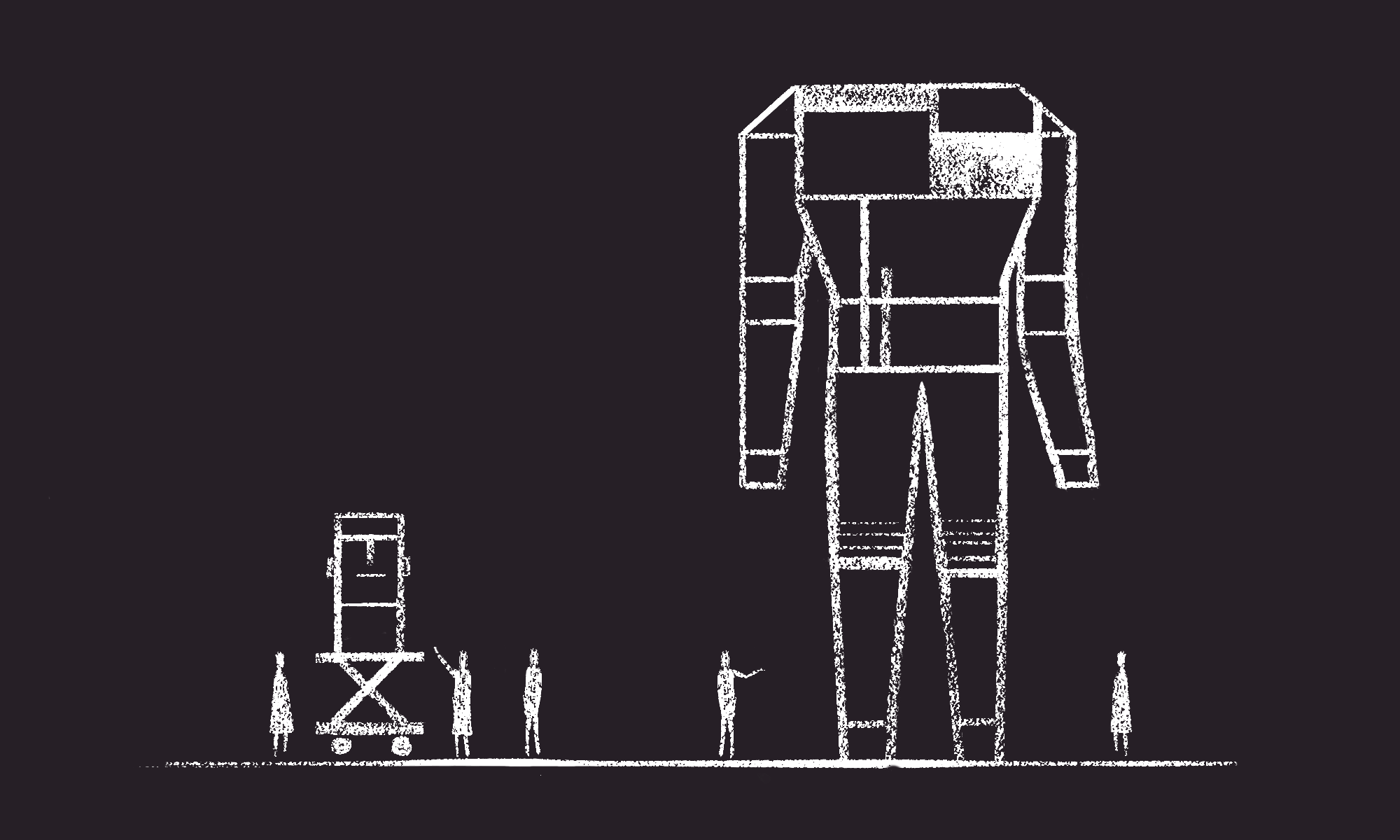
With all the excitement about decoupled Drupal over the past several years, I wanted to take a moment to articulate a few specific factors that make headless a good approach for a project – as well as a few that don’t. Quick disclaimer: this is definitely an oversimplification of an otherwise complex subject, and is based entirely on our experience here at Aten. Others will draw different conclusions, and that’s great. In fact, the diversity of perspectives and conclusions about use cases for headless underscores just how incredibly flexible Drupal is. So here’s our take.
First, What is Decoupled?
I’ll keep this real short: decoupled (or headless) Drupal basically means using Drupal for backend content management, and using a separate framework (Angular, React, etc.) for delivering the front-end experience. It completely decouples content presentation (the head) from content management (the body), thus “headless”. There are tons of resources about this already, and I couldn’t come close to covering it as well as others already have. See Related Reading at the end of this post for more info.
Decoupled and Progressively Decoupled
For the purpose of this post, Decoupled Drupal means any Drupal backend that uses a separate technology stack for the front-end. Again, there’s lots of great material on the difference between “decoupled” and “progressively decoupled”. In this post, just pretend they mean the same thing. You can definitely build a decoupled app on top of your traditional Drupal stack, and there are often good reasons to do exactly that.
Why Decoupled?
Decoupled Drupal provides massive flexibility for designing and developing websites, web apps, native apps and other digital products. With the decoupled approach, designers and front-end developers can conspire to build whatever experience they wish, virtually without limitation. It’s great for progressive web apps, where animations, screen transitions and interactivity are particularly important. Decoupled is all but necessary for native apps, where content is typically managed on a centralized server and published via an API to instances of the app running on people’s devices. In recent years, Decoupled Drupal has gained popularity even for more “traditional” websites, again primarily because of the flexibility it provides.
Pros and Cons
I’m not going to list pros and cons per se. Other articles do that. I’m more interested in looking at the specific reasons we’ve chosen to leverage a decoupled approach for some projects, and the reasons we’ve chosen not to for others. I’m going to share our perspective about when to go decoupled, and when not to go decoupled.
When to Decouple
Here are a few key questions we typically ask when evaluating a project as a fit for Decoupled Drupal:
- Do you have separate backend and front-end development resources?
Because decoupled means building a completely separate backend (Drupal) from front-end (Angular, React, etc.), you will need a team capable of building and maintaining both. Whether it’s in-house, freelance or agency support, Decoupled Drupal usually requires two different development teams collaborating together to be successful. Organizations with both front-end devs and backend devs typically check “yes” on this one. Organizations with a few generalist developers, site builders or web admin folks should pause and think seriously about whether or not they have the right people in place to support a decoupled project. - Are you building a native app and want to use Drupal to manage your content, data, users, etc.? If yes, we’re almost certainly talking decoupled. See “Why Decoupled?” above.
- Do you envision publishing content or data across multiple products or platforms? Example: we recently built an education product that serves both teachers and their early childhood students. We needed a classroom management app for the former, and an “activity explorer” with links to interactive games for the latter. Multiple products pulling from a single backend is often a good fit for decoupled.
- Is interactivity itself a primary concern? There are plenty of cases where the traditional web experience – click a link, load a new page – just doesn’t do justice. Interactive data visualizations and maps are great examples. If your digital project requires app-like interaction with transitions, animations, and complex user flows, you will likely benefit from an expressive front-end framework like Ember or Angular. In those cases, decoupled is often a great fit.
- Does working around Drupal’s rich feature set and interface create more work in the long run? Drupal ships with a ton of built-in features for managing and viewing content: node edit screens, tabs, subtabs, node view pages, admin screens, and on and on. Sometimes you just don’t need all of that. For some applications, working around Drupal’s default screens is more work than building something custom. In some cases, you may want to take advantage of Drupal’s flexible content model to store content, but need a completely different interface for adding and managing that content. Consider evites as a hypothetical example. The underlying content structure could map nicely to nodes or custom entities in Drupal. The process for creating an invitation, customizing it, adding recipients, previewing and sending, however, is something else altogether. Decoupled Drupal would allow you to build a front-end experience (customizing your invitation) exactly as you need it, while storing the actual content (the invite) and handling business logic (saving, sending, etc.) in Drupal.
- Do you want the hottest technology? Sometimes it’s important to be at the cutting edge. We respect that 100%. Decoupled Drupal provides incredible flexibility and empowers teams to build rich, beautiful experiences with very few limitations. Further, it allows (virtually requires) your teams – both front-end and backend – to work with the very latest development tools and frameworks.
When Not to Decouple
Conversely, here are a few key questions we ask that might rule out Decoupled Drupal for a project:
- First, take another look at the list above. If you answered “no” to all of them, Decoupled Drupal might not be a great fit for your project. Still not sure? Great, carry on...
- Are you hoping to “turn on” features in Drupal and use them more-or-less as-is? One of the major draws for Drupal is the massive ecosystem of free modules available from the open source community. Need Disqus comments on your blog? Simply install the Disqus Drupal module and turn it on. How about a Google Map on your contact page? Check out the Simple Google Maps module. Want to make a slideshow from a list of images? No problem: there are modules for that, too. With Decoupled Drupal, the ability to simply “turn-on” front-end functionality goes away, since Drupal is no longer directly managing your website front-end.
- Do your front-end requirements match Drupal’s front-end capabilities out-of-the-box? We work with a number of research and publishing organizations whose design goals closely align with Drupal’s capabilities. I’m hard pressed to recommend a decoupled approach in those cases, absent some other strong driver (see above).
